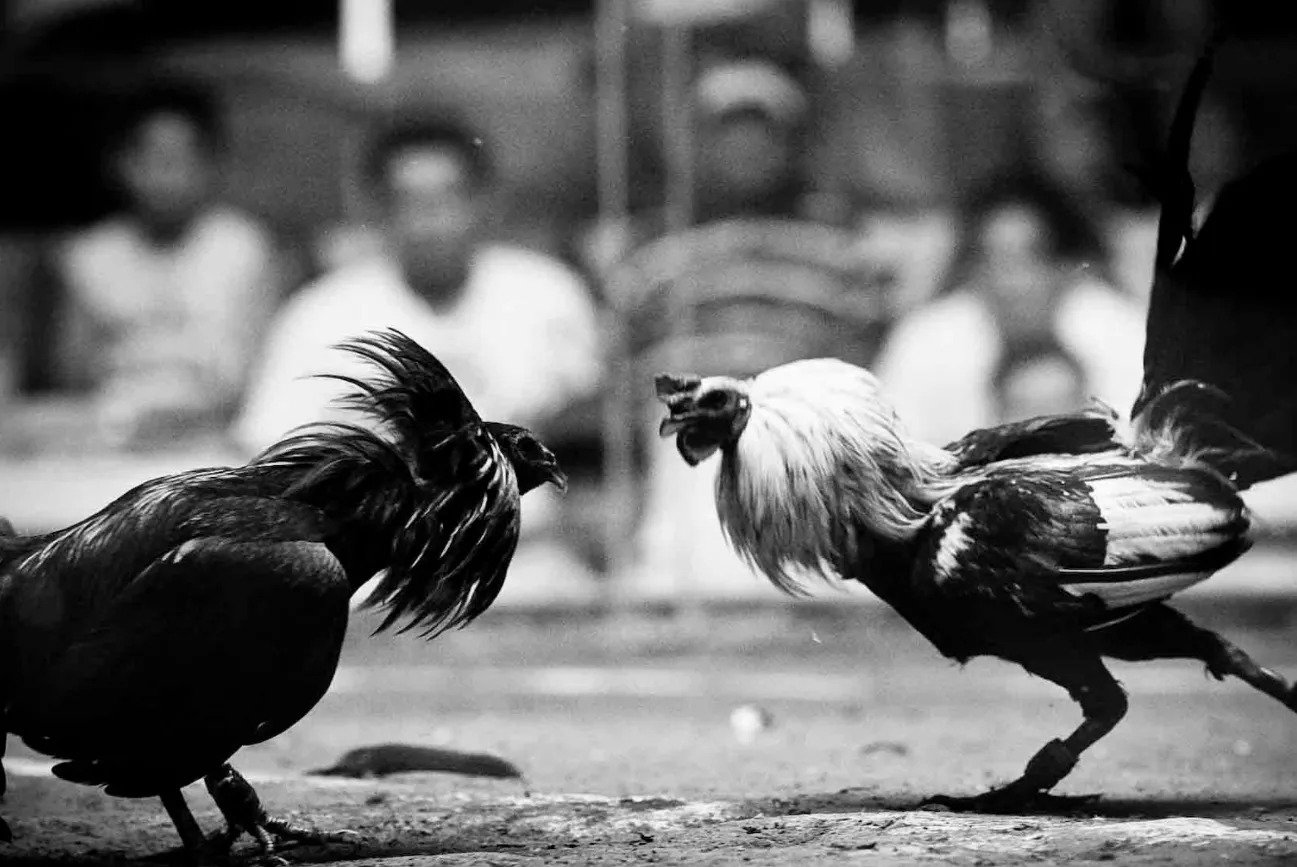Lessons Picked Up From a Sabong Grandmaster: Building a Winning Mindset
Lessons Picked Up From a Sabong Grandmaster: Building a Winning Mindset
Blog Article
Tricks of the Sabong Grandmaster: Understanding the Art of Cockfighting
The complex globe of cockfighting, specifically as practiced by the Sabong Grandmaster, offers an interesting research study in the assemblage of pet actions, training methodologies, and competitive technique. To genuinely grasp the nuances of this art type, one must explore how the Grandmaster harmonizes the psychological and physical aspects of rooster training while navigating the ethical considerations fundamental in this conventional method.
History of Cockfighting

As the centuries proceeded, cockfighting spread across numerous continents, adapting to local custom-mades and social dynamics. In medieval Europe, it obtained popularity amongst the nobility, who concerned it as a screen of wide range and status. By the 17th century, the sporting activity had developed itself in England, leading to the development of formalized guidelines and rules.
In the Americas, especially in the Caribbean and the Philippines, cockfighting took on special characteristics influenced by colonial histories and aboriginal practices. Today, while the sport continues to be controversial and deals with lawful obstacles in several regions, its historic importance continues to spark conversations about pet civil liberties, cultural heritage, and societal values. The advancement of cockfighting reflects broader styles of human communication with nature and the intricacies of tradition.
Comprehending Rooster Actions
Recognizing rooster behavior is necessary for those associated with the sport of cockfighting, as it directly influences efficiency, training, and health and wellness. Fowls show an array of behaviors that can indicate their physical and psychological states. Notably, aggression, territoriality, and social pecking order play considerable functions in their attitude.
Hostility is an all-natural impulse in roosters, mainly driven by the requirement to assert dominance. Observing interactions among fowls can disclose their chain of command, which is vital for handling their atmosphere. A positive rooster displays an extra assertive stance, while a passive one may show signs of stress and anxiety or anxiety, such as crouching or staying clear of eye get in touch with.

Training Methods for Champions
Effective training methods are essential for creating champion fowls that master the competitive sector of cockfighting. A systematic technique ensures that each bird reaches its complete possibility, integrating physical fitness with mental perseverance.
To start, establishing a constant training routine is important - Sabong Grandmaster. This consists of day-to-day exercises that improve toughness, agility, and endurance. Routines might entail regulated sparring sessions with both online and fabricated challengers to imitate competition, allowing roosters to refine their combating skills in a safe atmosphere
Integrating dexterity drills, such as barrier courses and jumping exercises, substantially enhances a fowl's physical capacities. Additionally, introducing different surfaces and terrains can improve their versatility throughout battles.
Psychological training needs to not be forgotten. Acquainting the birds with the sounds and sights of a competitive environment can reduce tension and stress and anxiety on fight day. Additionally, positive reinforcement methods, such as gratifying desirable behaviors, can instill confidence in the roosters.
Last but not least, maintaining a calmness and assertive visibility during training sessions promotes depend on between the fowl and the trainer, necessary for attaining ideal performance. Together, these strategies create a detailed training program that cultivates champs all set to master the arena.
Health and Nourishment Fundamentals

Integrating a mix of wheat, corn, and barley supplies essential carbs, while healthy protein sources such as fish meal, soybean meal, or insects support muscle advancement and healing. Furthermore, integrating fresh fruits and veggies can boost the total dietary account, supplying anti-oxidants that improve the body immune system.
Hydration is similarly crucial. Accessibility to tidy, fresh water must be a discover this info here concern, as dehydration can badly influence efficiency (Sabong Grandmaster). Normal health exams are necessary to check for any kind of possible ailments or bloodsuckers that might jeopardize a rooster's problem
In addition, the timing of feed is essential. Giving sustenance at ideal periods guarantees that roosters keep power levels throughout their training and recovery stages. By concentrating on these health and nutrition basics, sabong lovers can help their fowls accomplish optimal efficiency in the affordable arena.
Strategies for Effective Matches
Success in cockfighting joints on a mix of tactical prep work and in-ring techniques. Effective suit methods begin long prior to the fight, with mindful choice of the rooster. Dog breeders ought to focus on genetic traits such as stamina, strength, and hostility, making sure that the chosen bird shows a solid lineage of efficiency.
Training is essential; fowls should be conditioned with a routine that includes workout, sparring with other birds, and direct exposure to various atmospheres. This prep work not only develops toughness but likewise boosts the bird's adaptability to various challengers.
During the match, a trainer must use eager observation and quick decision-making. Identifying the challenger's methods permits for prompt modifications, such as changing the fowl's stance or urging a lot more hostile behavior. Timing is important; recognizing when to urge or restrain the bird can mean the difference in between victory and loss.
Last but not least, maintaining a tranquil disposition throughout suits promotes confidence in the fowl. A well balanced technique, incorporating both physical and psychological readiness, inevitably leads to effective end results in the sector, showing that proficiency in cockfighting is as much concerning approach as it has to do with the birds themselves.
Verdict
The mastery of cockfighting, as exhibited by the Sabong Grandmaster, hinges on a comprehensive understanding of fowl habits, reliable training methods, and optimum health and nourishment. Inevitably, the secrets of the Sabong Grandmaster lie in the unified equilibrium of these components, making sure the continued tradition of this ancient sport.
To truly realize the nuances of this art type, one need to discover how the Grandmaster integrates the physical and emotional aspects of fowl training while navigating the ethical factors to consider intrinsic in this typical method.Recognizing fowl behavior is crucial for those entailed in the sporting activity of cockfighting, as Resources it directly affects health and wellness, training, and efficiency.Maintaining optimum health and wellness and nourishment is important for making certain that roosters get to peak efficiency in the cockfighting sector. Offering nutrients at proper periods makes certain that roosters preserve power levels throughout their training and recuperation phases.The mastery of cockfighting, as exhibited by the Sabong Grandmaster, pivots on a thorough understanding of rooster behavior, efficient training techniques, and optimal health and nourishment.
Report this page